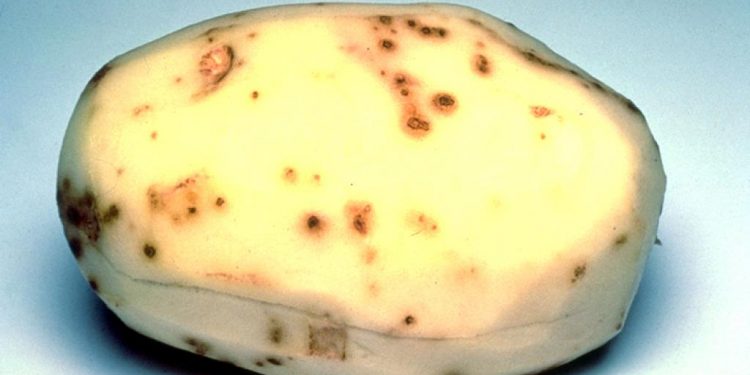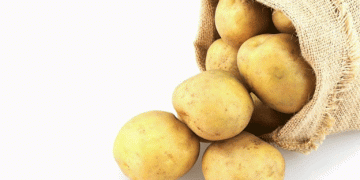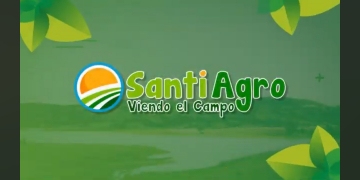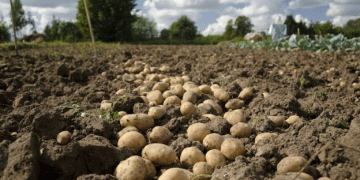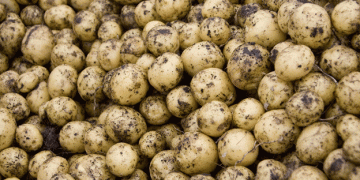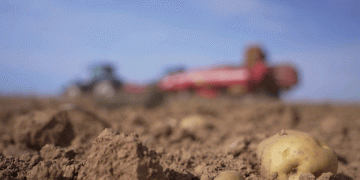Epitrix tuberis and E. cucumeris are major pests of potatoes in North America. E. tuberis causes the most serious damage because the larval feeding can cause superficial serpentine tunnelling on the surface of tubers as well as deeper pits. This damage can make crops unmarketable. By contrast, E. cucumeris mainly damages the foliage, and yield losses can occur when the adults reach high densities. In 2004, potato tuber damage characteristic of E. tuberis was seen in Portugal. In 2008, damage was more widespread and severe. E. cucumeris and a lesser known species, E. similaris, were recorded in affected fields. E. similaris has since been found across Galicia, Spain. E. similaris is thought to be the most likely cause of the tuber damage in Portugal, but it is possible that E. cucumeris or an as yet undetected Epitrix species is causing the damage. In 2010, a pest risk assessment for the Euro-Mediterranean area identified the movement of adults and pupae with seed or ware potatoes and associated soil as being the highest-risk pathways for the spread of Epitrix. In 2012, EU emergency measures were agreed to reduce the risk of further introductions and the rate of spread of these pests.
The life cycle of the Epitrix species that are pests on potatoes is similar. The adults feed above ground on the leaves, and the females lay eggs at the base of plants. The larvae develop below ground, feeding on the roots or tubers. However, the species vary in their host range, exact feeding sites and response to climate.
Potato, Solanum tuberosum, is the most important host of E. tuberis, E. cucumeris, E. similaris and E. subcrinita, and all are known to damage, or to have been associated with damage to, potato tubers. They are known to be able to feed on other solanaceous crops, with the larvae of one or more of these species feeding on tomato (Lycopersicon esculentum), aubergine (Solanum melongena), pepper (Capsicum spp.), tobacco (Nicotiana tabacum) and solanaceous weeds such as Datura stramonium and Solanum nigrum. Adults of these four Epitrix spp. can also feed on a more diverse range of crops; one or more species have been recorded on sugar beet (Beta vulgaris), beans (Phaseolus spp.), sunflower (Helianthus annuus) and cucumber (Cucumis sativus). Although E. hirtipennis is recorded in potato crops, it is more important as a pest of tobacco and aubergines.
Tuber damage is caused by larval feeding, typically producing superficial serpentine corky lesions on the tuber surface. E. tuberis is the most damaging Epitrix species and regularly causes severe damage to potato tubers in south-west Canada and the north-west of the United States.This damage can render tubers unmarketable for certain fresh markets where the cosmetic appearance of tubers is increasingly important. It can also produce deeper holes in tubers, leading to the rejection of consignments by potato processors. The damage provides entry points for pathogenic bacteria, such as soft rot, and fungi, such as dry rot, making the tubers unsuitable for seed as well.
The damage caused by E. tuberis and E. cucumeris tends to be much worse around the edge of potato fields, especially where it is adjacent to uncultivated land. Uncontrolled populations of E. cucumeris have resulted in yield losses of 22–25% in potato crops on Prince Edward Island, and it can cause yield losses of up to 43% in Canada. Leptinotarsa decemlineata Say and E. cucumeris are the most important defoliating potato pests in Manitoba.
Photo: EPPO (2024) EPPO Global Database. https://gd.eppo.int
Eyre, D. and Giltrap, N. (2013), Epitrix flea beetles: new threats to potato production in Europe. Pest. Manag. Sci, 69: 3-6. https://doi.org/10.1002/ps.3423
